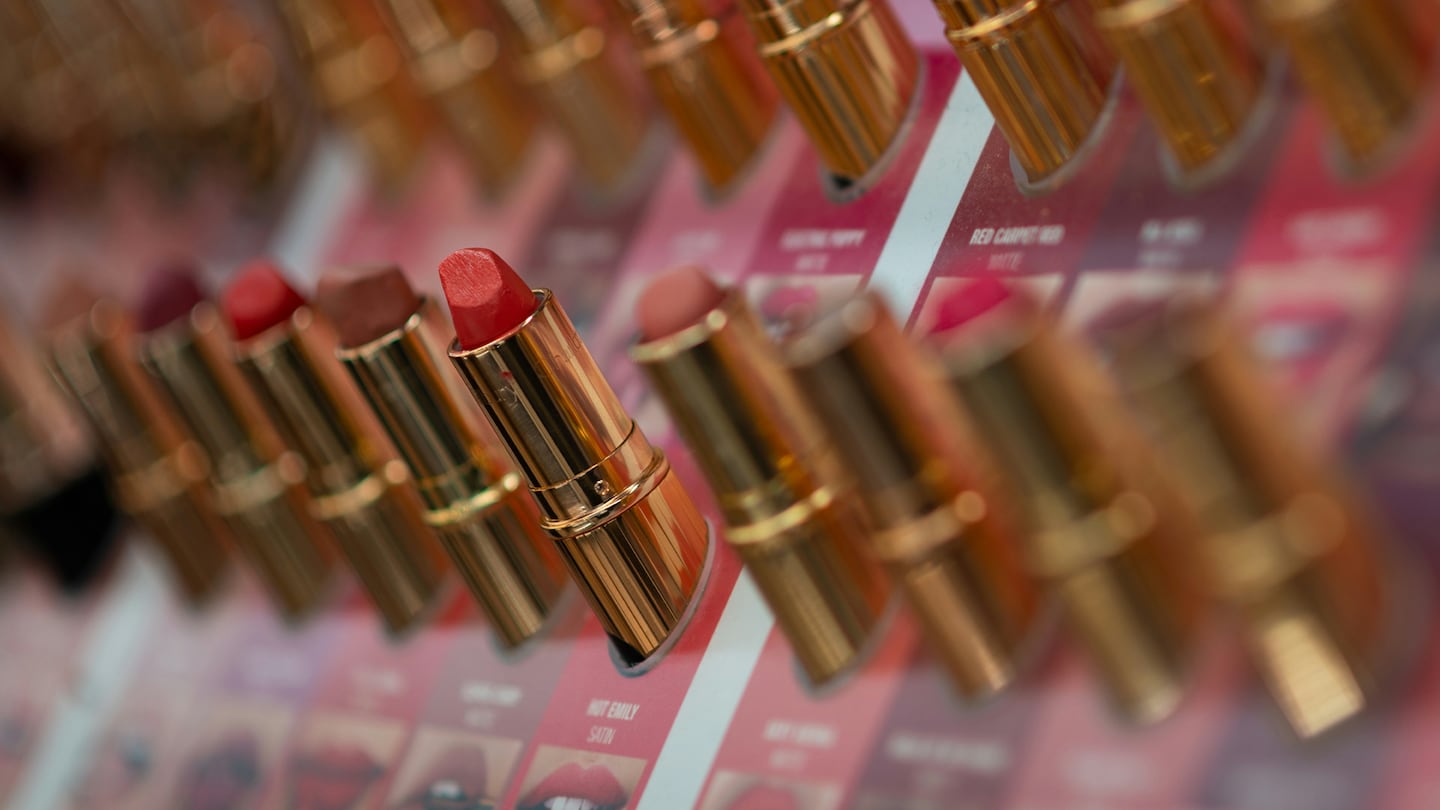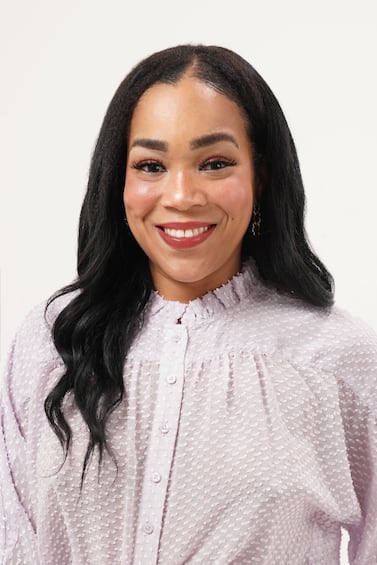Agenda-setting intelligence, analysis and advice for the global fashion community.
Listen to and follow the BoF Podcast: Apple Podcasts | Spotify | Overcast
Background:
The beauty sector historically thrived during economic downturns, earning a recession-proof reputation encapsulated in the “lipstick index.” However, recent earnings from major beauty conglomerates like Estée Lauder, L’Oréal, Coty and Shiseido indicate that beauty’s resilience is being tested. Sales are declining, layoffs are coming and consumer habits appear to be shifting dramatically.
BoF Senior Beauty Correspondent Daniela Morosini joins Brian Baskin and Sheena Butler-Young on The Debrief to examine what’s driving this slowdown and how the industry is adapting.
Key Insights:
- Traditionally, small luxury purchases like beauty products thrived during economic pressure. But the landscape has changed. “Prices have really, really grown, and there’s just so much more to choose from,” says Morosini. The combination of escalating prices, excessive market saturation, and a shift to online platforms like Amazon and TikTok has diluted the impact of small luxury indulgences. “It’s really hard to get seen. So even if you have a more affordable product that more people can afford, you still have to get people to come and look at you and come and interact with you,” she adds.
- Brands once benefited from consistent replenishment and customer loyalty. Today, consumers are more transient, constantly seeking newness. “Customers seem to have this insatiable appetite for more products and more newness,” Morosini notes. But after years of heavy consumption, shoppers are starting to tire of new for the sake of new. “Something that’s really starting to come into focus is that, specifically, American middle-class shoppers are starting to buy fewer beauty products – and that’s having a big knock-on effect.”
- As consumers become more price-sensitive, brands need to redefine value beyond just pricing. Morosini suggests brands return to basics, emphasising their core strengths and fostering loyalty through consistent, quality products rather than frequent launches. “People are really, really attuned to perceptions of value,” says Morosini.







